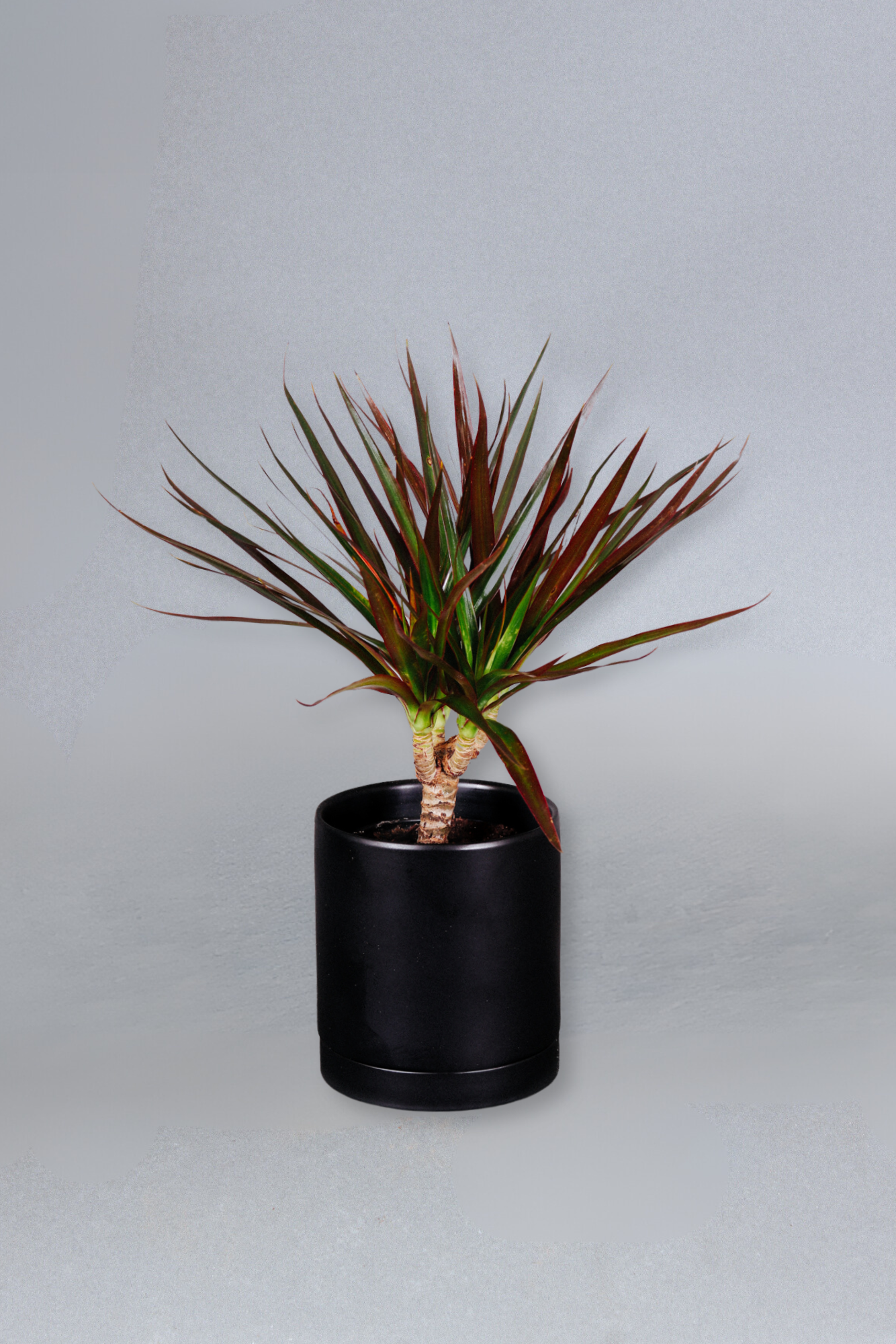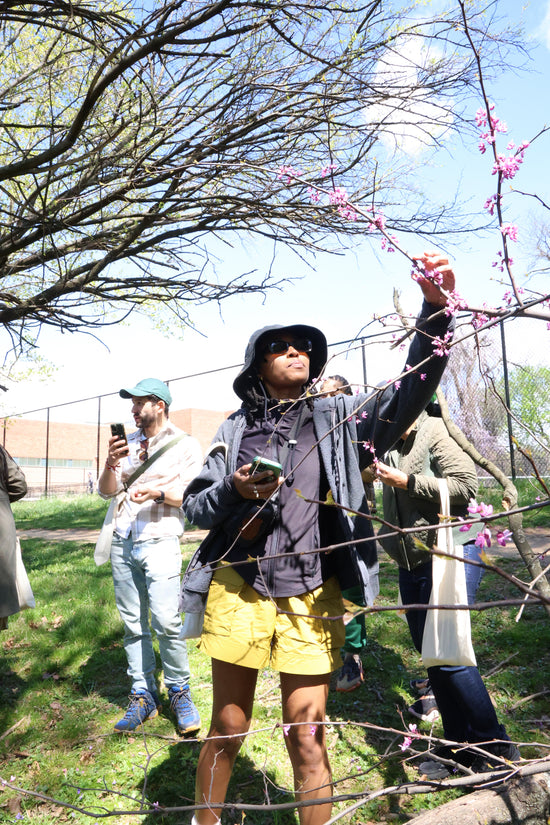Wondering how to read all the numbers and words on your new Moisture Meter? Here's our breakdown on how to use the meter to measure the soil moisture, lighting, and pH levels of your plants.
WATER
To use your Moisture Meter as a way to confirm when to water, follow these steps:
1. Toggle the black switch on the meter to the "MOIST" setting.
2. Insert the clean meter prongs deep into the pot, more than half way down the pot for an accurate read.
3. The reading is accurate within seconds and should be removed from the soil after 10 minutes to prevent corrosion.
4. Find the "MOIST" line, marked with a scale from "DRY", to "MOIST", to "WET".
DRY (1-3)
Cacti and Succulents should be watered once they reach zones moisture zones 1-3. Tropical plants in zones 1-3 are thirsty and should be watered ASAP.
MOIST (4-7)
Most of our houseplants are tropical and prefer for soil to be consistently moist, within zones 4-7. If they reach zone 4 or lower, go ahead and water them right away!
Marantas: Prefer zones 5-7
Calatheas: Prefer zones 5-7
Alocasias: Prefer zones 4-6
Bird of Paradise: Prefer zones 4-6
Fiddle Leaf Fig: Prerfer zones 4-6
Monsteras: Prefer zones 4-6
Neanthe Palms: Prefer zones 4-6
Pothos: Prefer zones 4-6
Philodendrons: Prefer zones 4-6
Money Tree: Prefer zones 4-6
WET (8-10)
Most plants will read as Wet when freshly watered but should move into the Moist section after 1-3 days. If the soil is staying wet for too long, it likely needs better drainage.
LIGHT
Similar to the water reading, toggling your meter over to the "LIGHT" setting will assess the level of light your plant is receiving. For this reading, the probes do not need to be inserted into the soil. Instead, you will hold the moisture meter level with the plant's height and face it toward the nearest light source (i.e. a window).
The scale ranges from "DARK" to "LIGHT" with numbers between 0-2000, 2000 being the brightest. Keep in mind that the reading may vary depending on the time of day and the season.
These plants prefer bright, indirect light, between 700-1500.
- Fiddle Leaf Fig and other Ficus varieties
- Monstera
- Bird of Paradise
- Ponytail Palm
- Aloe Vera
- Money Tree
- Sansevierias
- Cacti varieties
- Most succulent varieties
These plants are adaptable, even tolerating lower light levels between 250-700.
- ZZ Plants
- Sansevierias
- Pothos
- Philodendrons
These plants do best in medium, indirect light levels, between 500-800.
- Marantas
- Calatheas
- Neanthe Palms
- Money Tree
PH
Most plants prefer a pH level between 5.5-6.5, which is slightly acidic. To test your soil's acidity levels, toggle the meter to the "PH" setting and insert the probe down at least half way into the soil. The reading is accurate within about 60 seconds and should be removed within 10 minutes.
With the exception of some aloes, ferns, and sansevierias, most indoor houseplants suffer once soil becomes alkaline. It's best to research the specific pH needs of each plant and keep fertilizer on hand provide necessary nutrients.
Common Signs That Soil is Too Acidic (0-6.5):
- Stunted growth
- Brown leaf spots
- Twisted, warped leaves
- Green veins on a yellow leaf
- Red and purple leaf development
Common Signs That Soil is Too Alkaline (7.5-14):
- Yellow veins on leaves
- Broken or brown tips on new growth
- Wilted leaves
- Stunted growth
- Red and purple leaf development
Ingredients in fertilizer can affect the acidity of the soil. Nitrogen is one of the main minerals that makes the soil more acidic. When in doubt, research the soil and pH needs of your specific plant!








